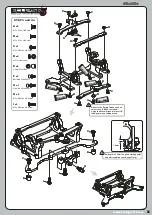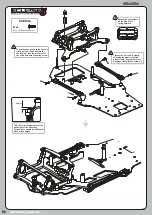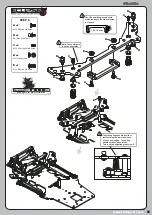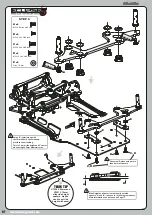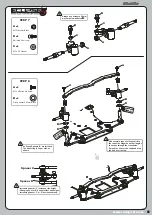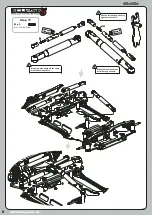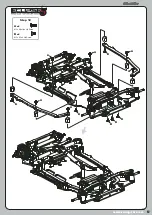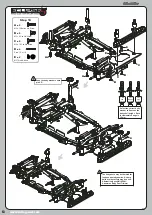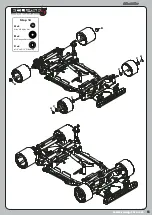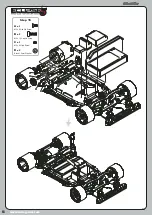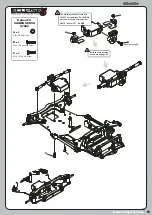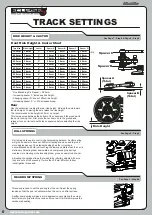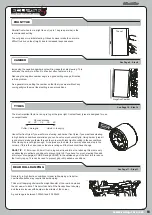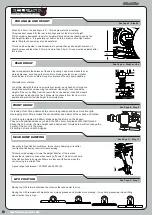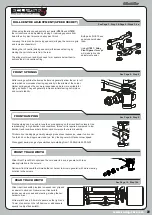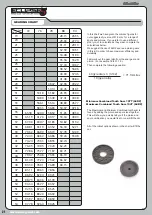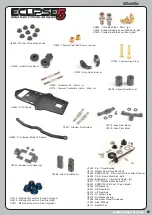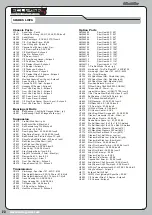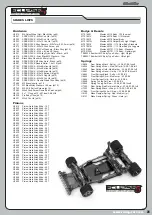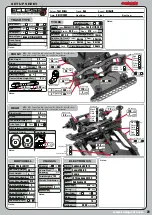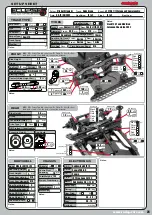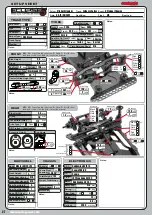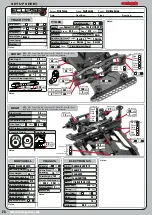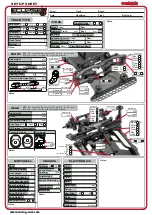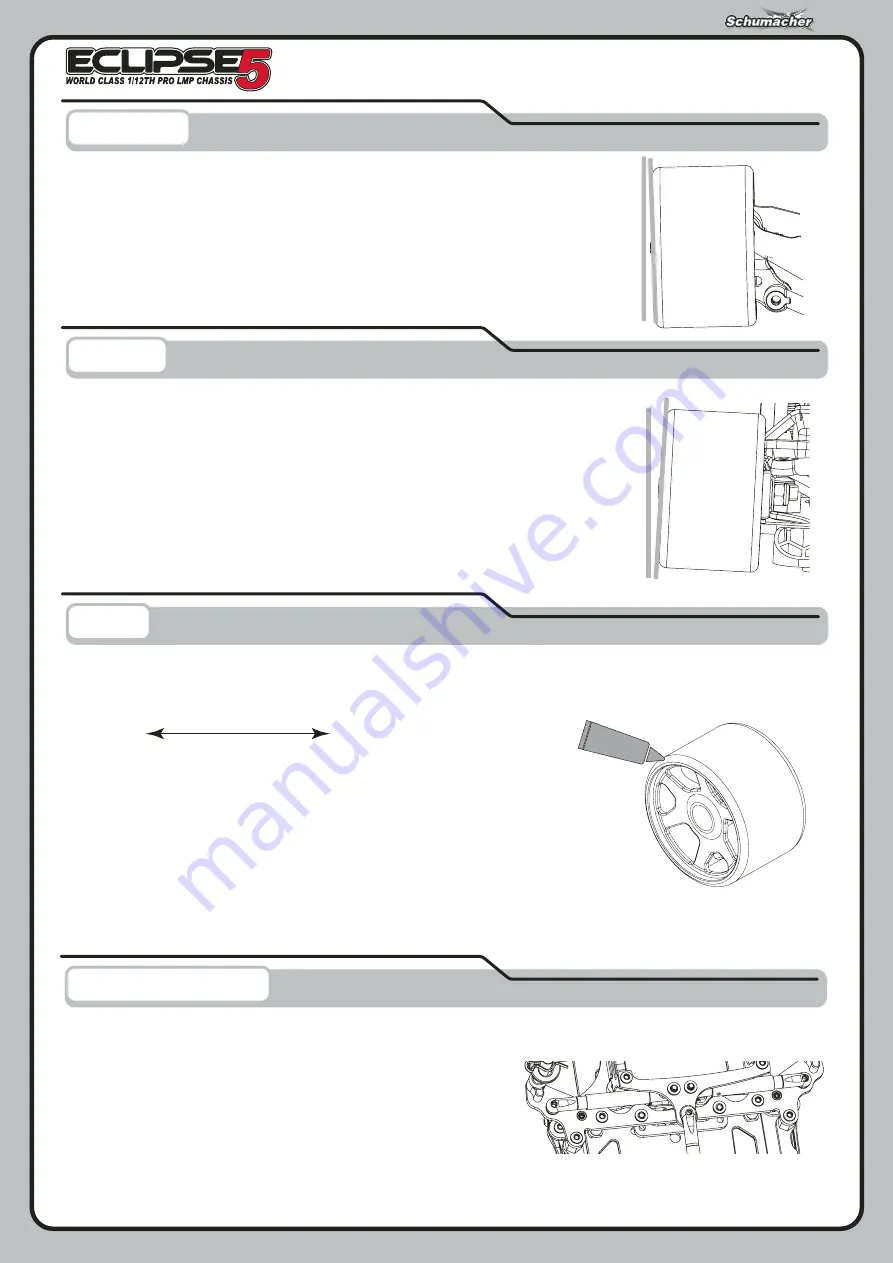
www.racing-cars.com
18
Shore
hardness
28 30 32 35 40
Softer = more grip
Harder = less grip
.
CA GLUE
CORE CR5
22
FRONT TOE
CAMBER
See Page 8 - Step 8
Parallel front wheels or a slight toe out (up to 1 degree per side) is the
recommended setting.
Toe out gives more initial steering. It does however make the car more
difficult to drive on the straight, due to increased responsiveness.
Increasing the negative camber angle will increase the cars steering. This
will make the car more difficult to drive but often faster on a lap.
Reducing the negative camber angle is a good setting change if traction
roll is a problem.
As a general rule, setting the camber so that the tyres wear without any
coning will give the most ideal setting in usual conditions.
TYRES
See Page 14 - Step 14
The most important factor in racing is to get the tyres right. Contact foam tyres are designed for use
on carpet tracks.
Toe out
Negative Camber
Use softer front tyres if you want more steering, and harder front tyres if you want less steering.
In high traction conditions sometimes you can have too much overall grip. Using harder tyres all
round should make you faster through the corners with less traction rolling in these conditions.
If the track grip is not high enough, or the tyres are too hard, the car may slide and stop in the
corners, if this is the case, reduce the shore rating until the track conditions change.
RACE TIP
- 41.5mm rear, 40.5mm front is a good all round tyre size, reducing this size is only
an advantage in extreme conditions to prevent grip roll. If you have too much steering then add
a thin layer of superglue (CORE Racing #CR522) to the outside edge of the front tyre to reduce
the front tyre grip. This can be used to prevent grip roll in extreme conditions.
REAR ROLL DAMPING
See Page 11 - Step 11
Generally, in high traction conditions, thinner roll damping oil is better.
Low traction tracks may require thicker damping.
Thicker roll damping oil slows the weight transfer of the rear and makes
the car easier to drive. Thicker oil can help if the track surface is bumpy
and there are issues with bumps in the middle of the corner.
A good range is between 7,000cSt and 20,000cSt.

